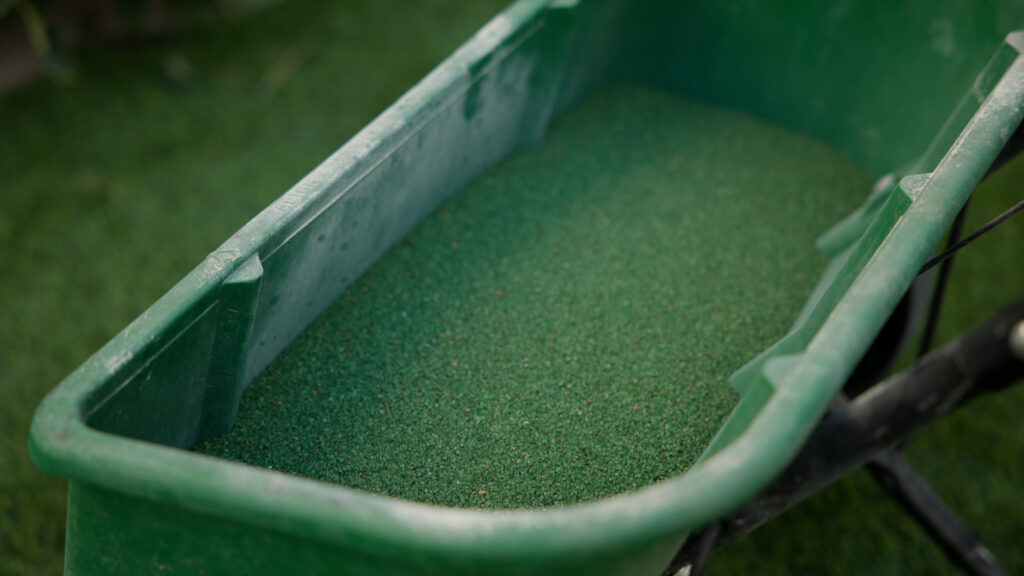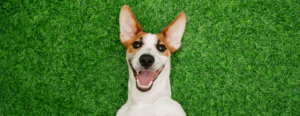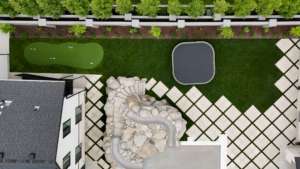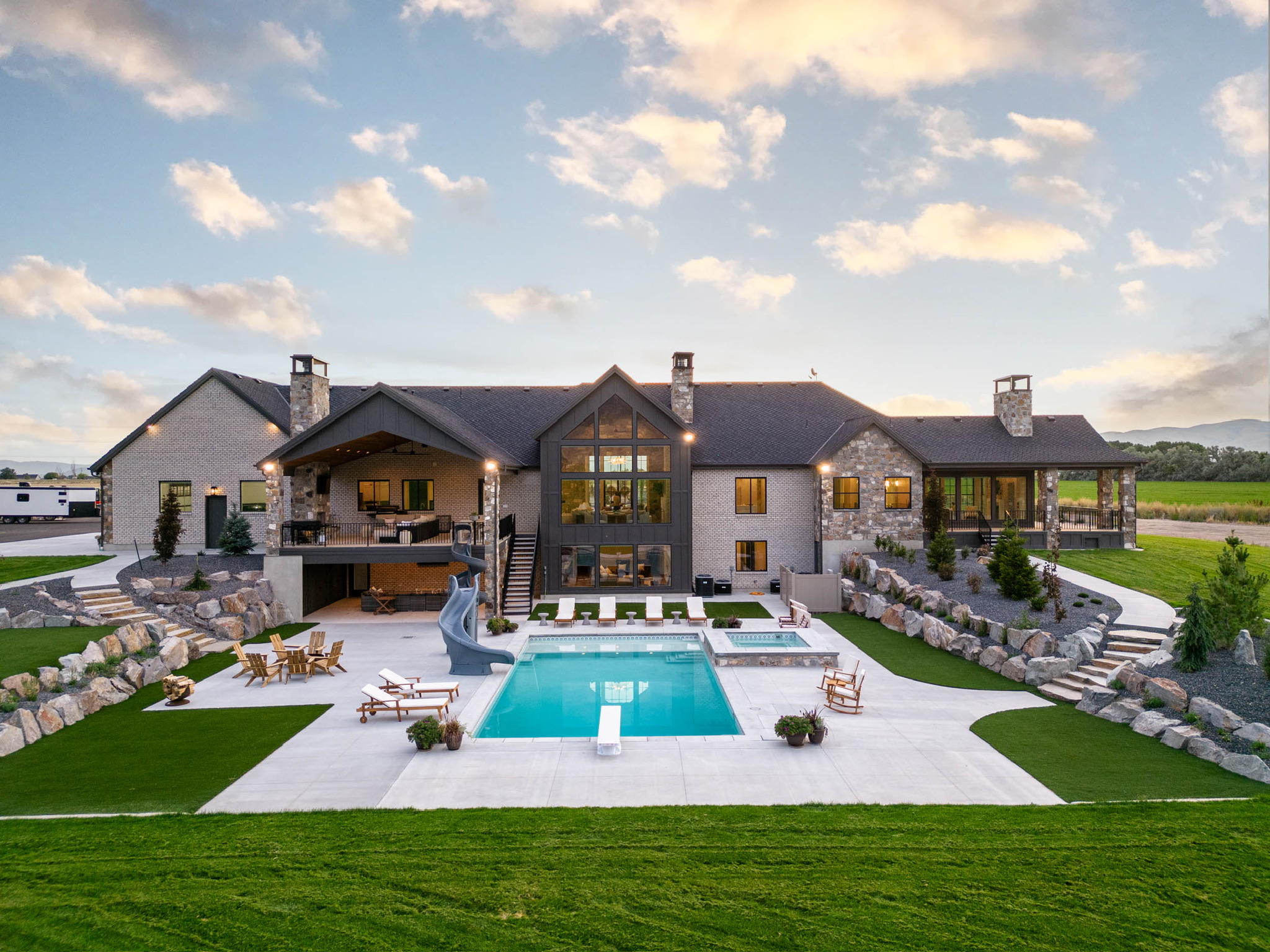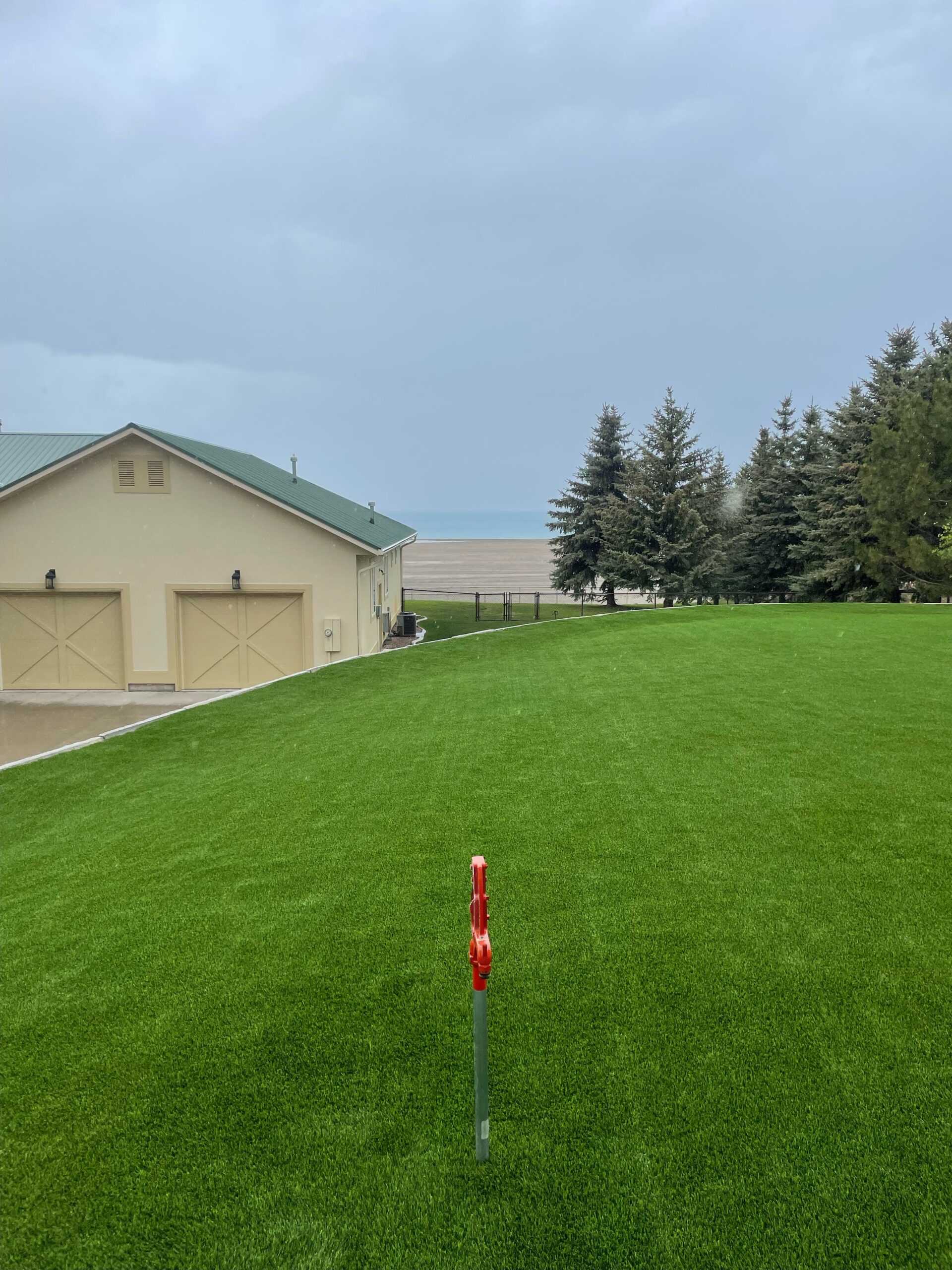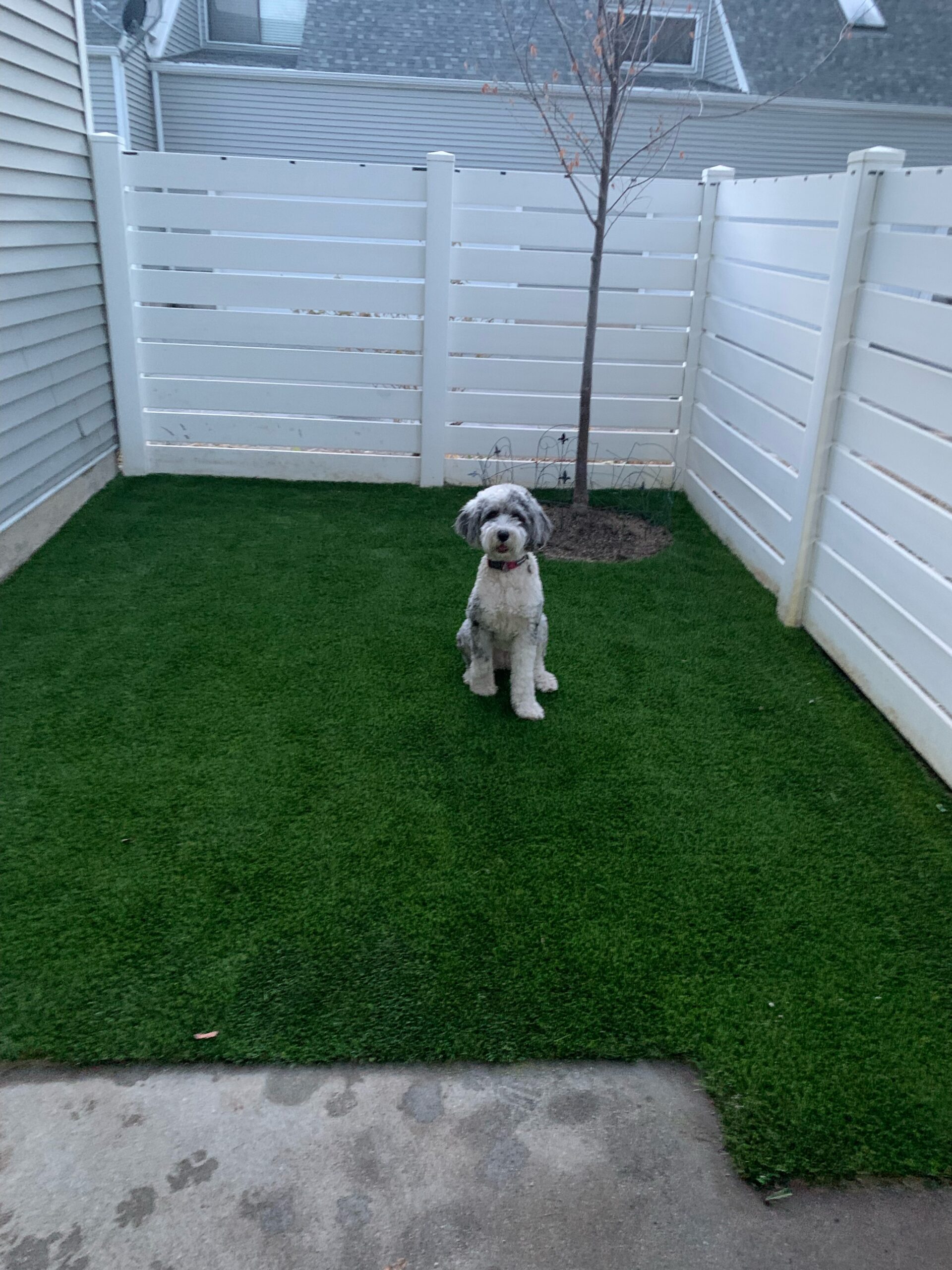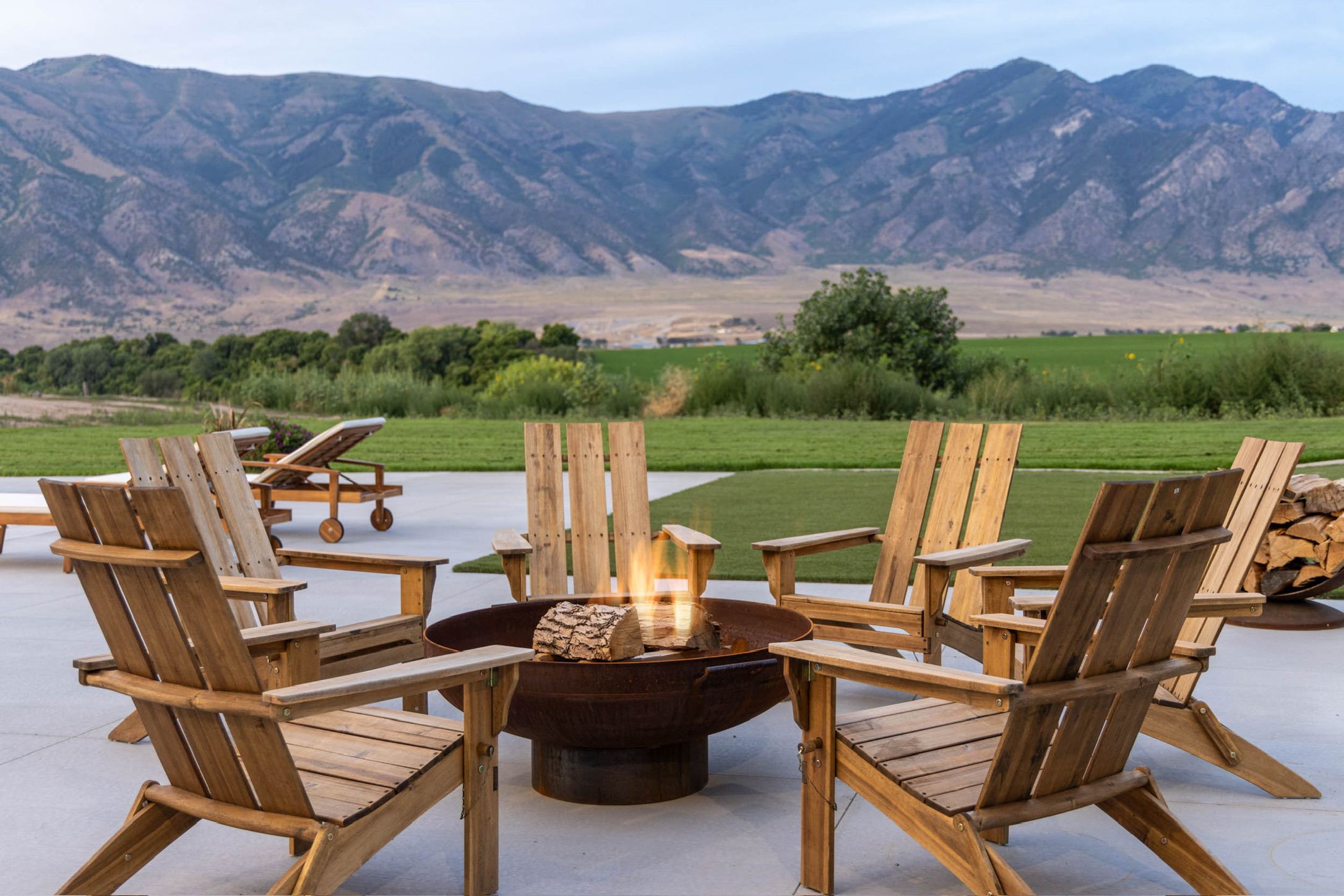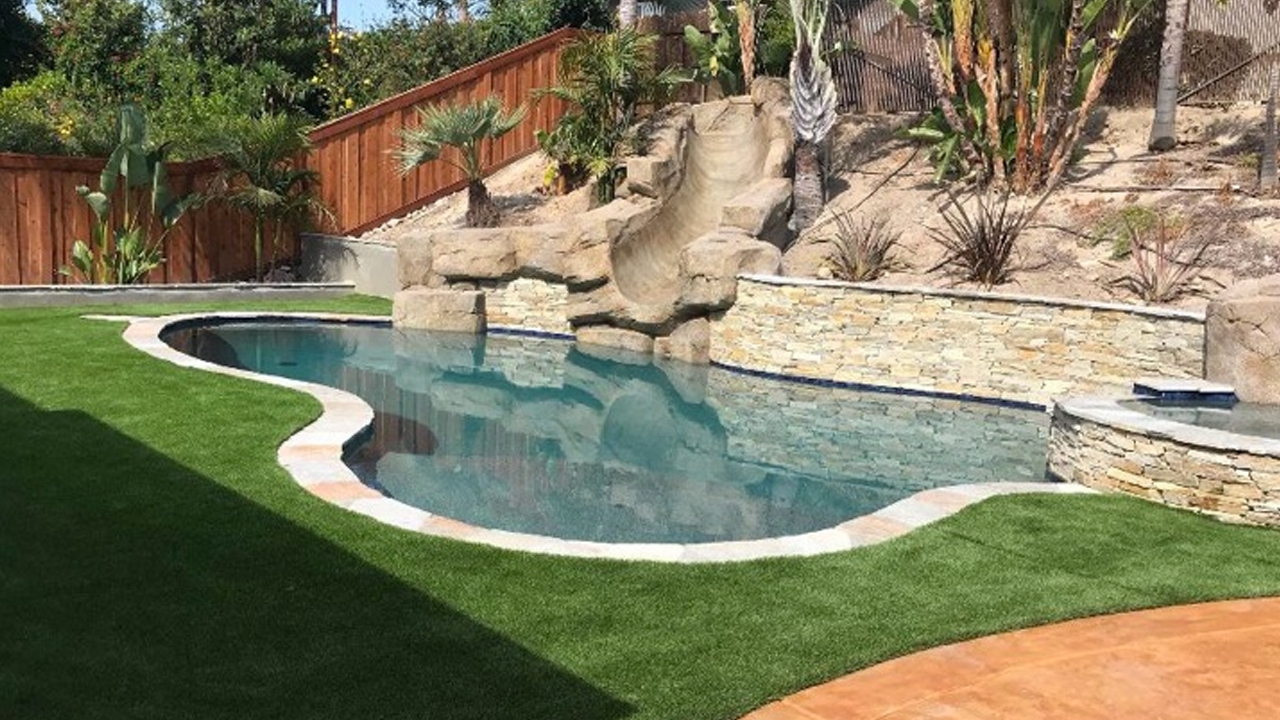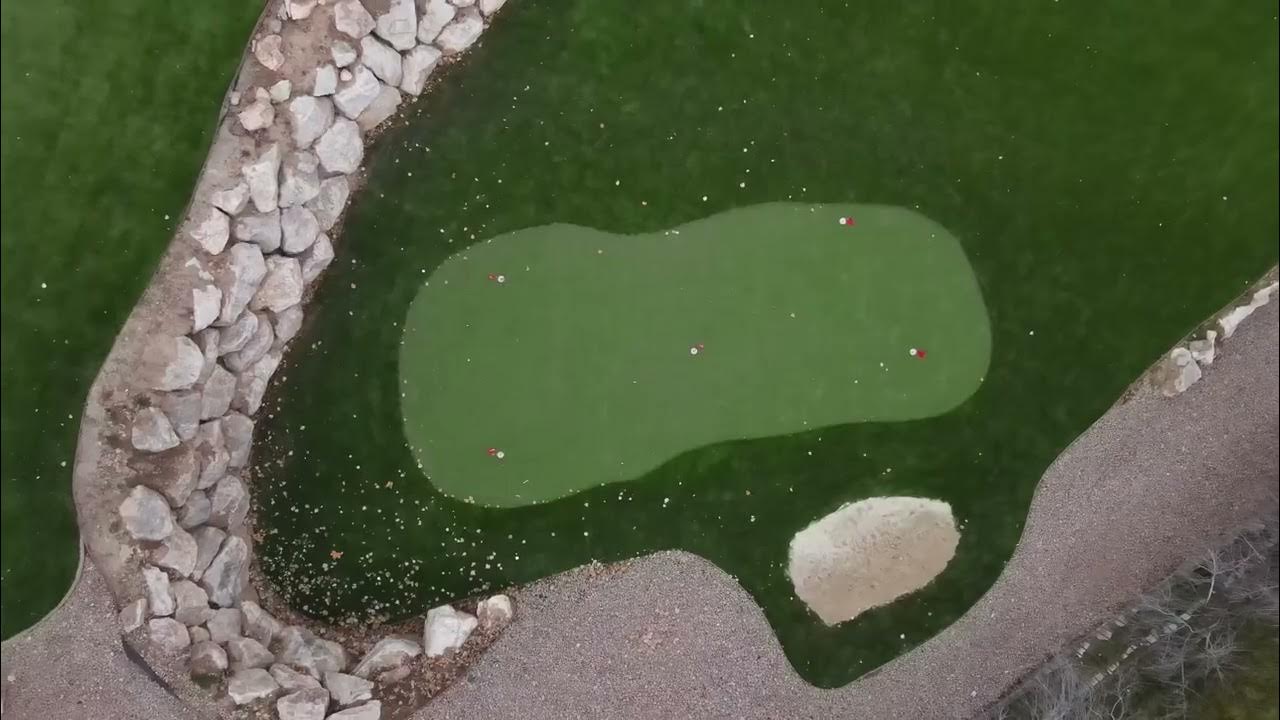Thinking about building a batting cage? Need one for your sports venue? Look, when it comes to batting cage turf and sports facilities, you’ve got options. But here’s the reality, artificial turf has been crushing the competition for good reasons. After years of supplying turf products across Utah and Idaho, we’ve seen firsthand how synthetic surfaces have revolutionized sports training facilities.
The Unique Demands of Sports Facilities
Let’s be straight about this – sports facilities take an absolute beating. Think about it:
- Constant, repetitive foot traffic in specific areas
- Heavy equipment dragging across surfaces
- Year-round usage regardless of weather
- Need for consistent ball bounce and roll
- Heavy training that tears up natural surfaces
Indoor sports turf has to handle all this abuse while maintaining playability. Natural grass? It simply can’t keep up with the punishment, especially in high-traffic areas like batting cages–and forget about indoor facilities!
Benefits of Artificial Turf for Batting Cages
If you’re running baseball cage turf installations or looking to upgrade, here’s why synthetic is the clear winner:
- Consistent Performance: The ball rolls true every time – no random bounces from divots or uneven surfaces that mess with player development
- Weather-Proof Training: Rain or shine, your players can get their reps in
- Extended Usage Hours: No recovery time needed between sessions
- Realistic Play Surface: Modern artificial turf batting cages can accurately simulate game conditions
- Low-Maintenance: Super easy to take care of–like, a piece of cake easy!
Bottom line – players develop better habits on consistent surfaces, and batting cage turf flooring delivers that consistency day in and day out.
How Turf Enhances Player Safety and Performance
Let me tell you something about sports field turf – it’s engineered specifically for athletic performance:
- Proper shock absorption reduces joint stress during repetitive movements
- Consistent traction means less slipping and fewer twisted ankles
- No muddy patches that cause injuries
- Uniform surface reduces unexpected ball behavior that can lead to injuries
The turf for baseball applications we supply includes specialized fibers and infill systems designed to optimize player movement while minimizing injury risk. That’s not just marketing talk – it’s backed by years of sports medicine research.
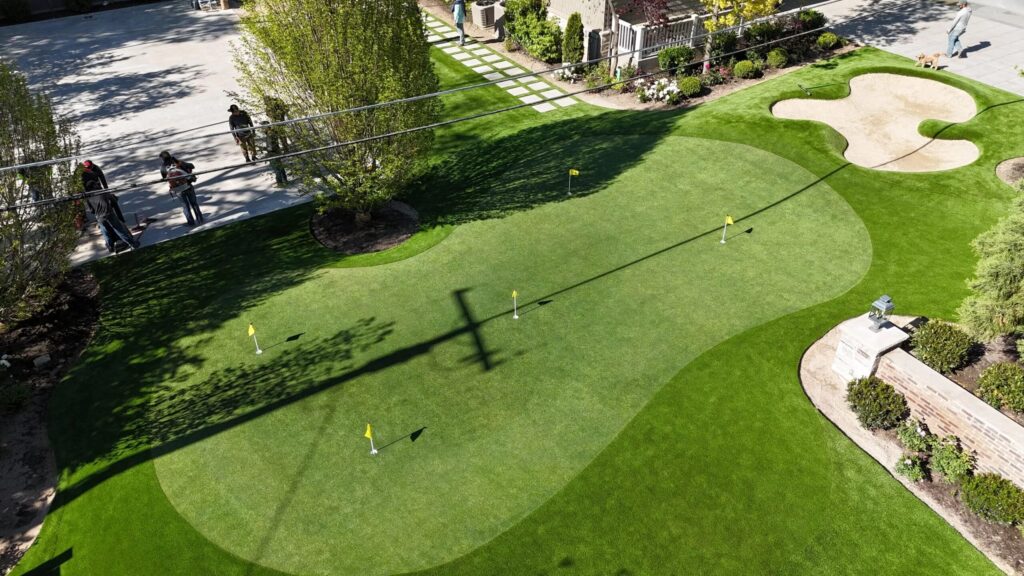
Cost and Maintenance Comparison: Turf vs. Other Surfaces
No sugar-coating here – quality turf for sports facilities costs more upfront than some alternatives. But let’s talk real numbers over the long haul:
Natural grass requires:
- Constant mowing, edging, fertilizing
- Watering (a ton of it)
- Reseeding damaged areas
- Downtime after heavy use or bad weather
With artificial grass sports fields, you’re looking at:
- Occasional brushing to keep fibers upright
- Periodic rinsing to remove dust
- Minor infill top-ups every few years
- No irrigation costs whatsoever
When you factor in labor, water savings, equipment costs, and virtually zero downtime, sports facility artificial turf pays for itself surprisingly fast.
Choosing the Best Turf for Your Sports Project
Not all artificial turf batting cages are created equal. Here’s what matters:
- Fiber density appropriate for the sport (baseball needs different specs than soccer)
- Proper pile height for the application
- Quality backing systems that won’t break down
- Infill designed for the specific movement patterns of your sport
Don’t get suckered into generic turf that’s not built for sports applications. The difference in performance and longevity is massive.
Batting Cage Turf: The Bottom Line
Turf for sports, from batting cages to futsal is a super smart option–especially for training facilities. Are you in the planning process and want to see samples or get specific prices for your batting cage or sports facility project? Give us a call at Elite Turf Supply in Lindon. We’ll shoot straight about what you actually need–no unnecessary upsells, just quality turf that works for your specific project.

